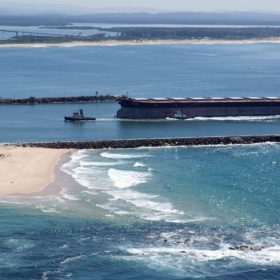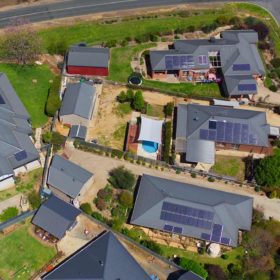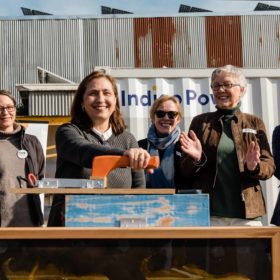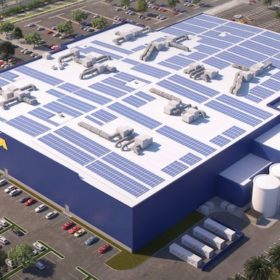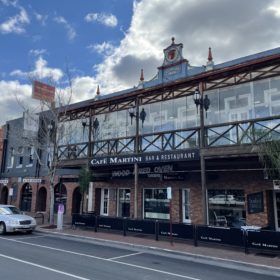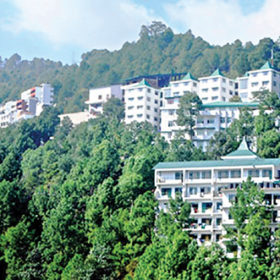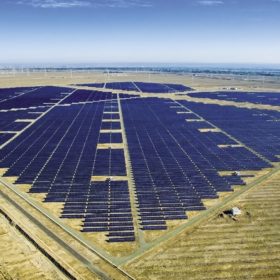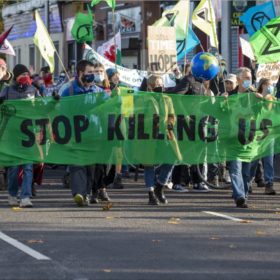Could the world’s largest coal exporting port, Newcastle, be home to the next green hydrogen hub?
Following a funding announcement from the Australian Renewable Energy Agency (ARENA), a $3 million feasibility study led by Port of Newcastle and Macquarie’s Green Investment Group is set to determine whether Newcastle, the world’s largest coal exporting port, has the potential for a green hydrogen hub.
Australians have now installed more than three million rooftop solar systems
After another year of record rooftop solar installations, and despite Covid-19 related lockdowns and federal political ineptitude on a level comparable to self-sabotage, Australia has soared past the three million mark and the numbers are only accelerating.
Communities step up when the Coalition won’t
Embarrassing Australia on the world stage is one of Prime Minister Scott Morrison’s favourite marketing ploys. But while the federal government continues to fail its constituents, particularly those in rural communities, those rural communities themselves are taking the energy transition into their own hands, along with the ownership of their own solar generation.
CEFC millions help pave the clean-hydrogen road to a green-zinc supply chain
It all started with Sun Metals 124 MWac solar farm. Once at risk of having its exports curtailed to zero, its owners have now been funded by three Australian government agencies to seed demand for North Queensland’s green hydrogen.
COP26 this! A fast, simple, Australia-tested solution to climate change
EleXsys Energy’s technology enables the controlled flow of excess energy from distributed rooftop-solar generators — think large C&I organisations and microgrid-united regional townships— to help stabilise global grids as they increasingly transition to renewables. The world could feel the positives of mass transition to solar within five years.
Piling on rooftop solar adds value to Wangaratta businesses
Across Australia businesses understand the many pluses of running on renewable energy. The Sustainable Australia Fund helps them achieve multiple business ambitions by offering flexible finance for solar, battery storage and energy efficiency measures.
Mathematical model to predict rooftop PV system yield
Scientists in India developed a mathematical model to predict the output of solar cells and modules in the field. The model was developed and tested using both sun simulator and actual installed modules. The scientists state that their model can be applied to a PV installation anywhere in the world, and that by taking into account module degradation over time their forecasts can be as much as 26% more accurate than existing energy yield models.
Sunday read: What to expect from China’s green power trading
On September 7, the country that consumes more power than any other nation introduced green energy trading. Two regions in China, Beijing and Guangzhou, were selected for the initial introduction of what will become the national green power trading market. Although it is still a pilot program, the market is expected to have far-reaching impacts on China’s energy transition away from coal. What do you need to know about it? Vincent Shaw in Shangahi sets out the details.
Saturday read: Promising alternatives to lithium-ion
Lithium-ion batteries are a fantastic crutch for the renewable energy transition. It’s not all roses, though: Short duration limits, and potentially dangerous thermal runaway in rare circumstances, means the hunt continues for alternative electrochemical batteries. However, alternatives will largely complement lithium-ion batteries, rather than supersede them. Blake Matich looks at promising options to keep an eye on.
COP26: it’s half-time at the crucial Glasgow climate change summit – and here’s the score
The first week of the United Nations climate talks in Glasgow are drawing to a close. While there’s still a way to go, progress so far gives some hope the Paris climate agreement struck six years ago is working.
